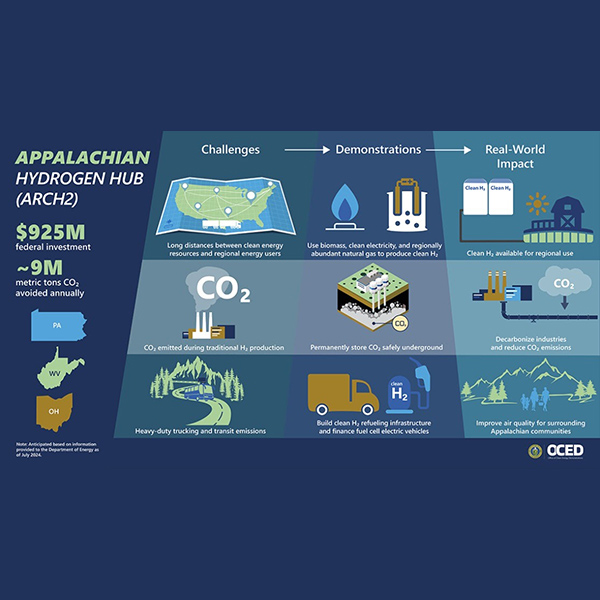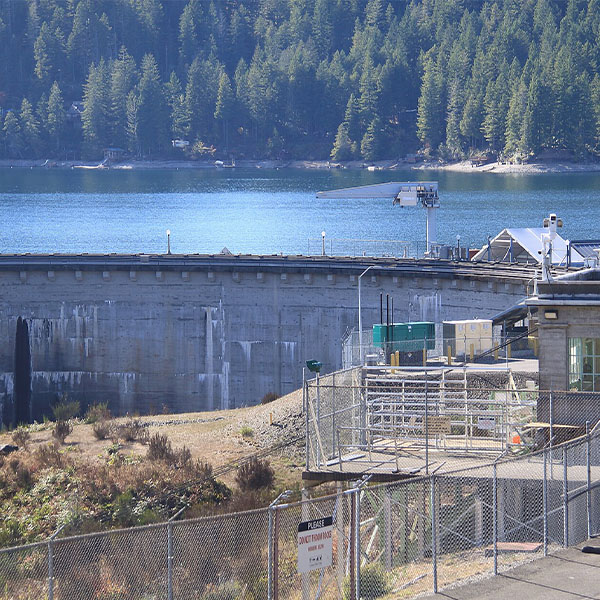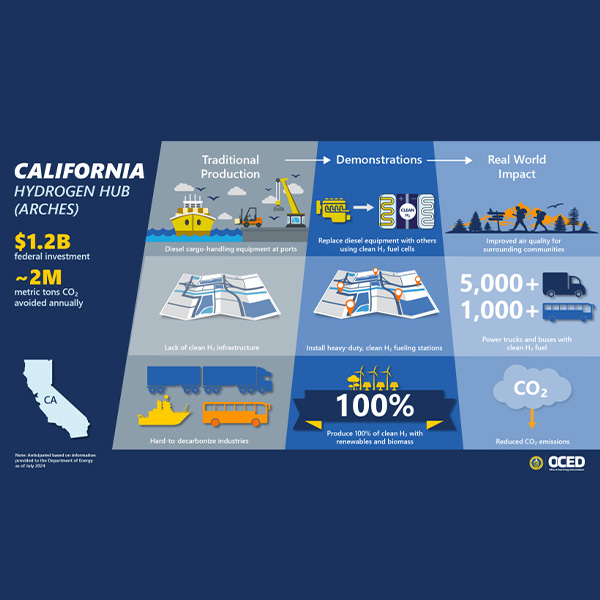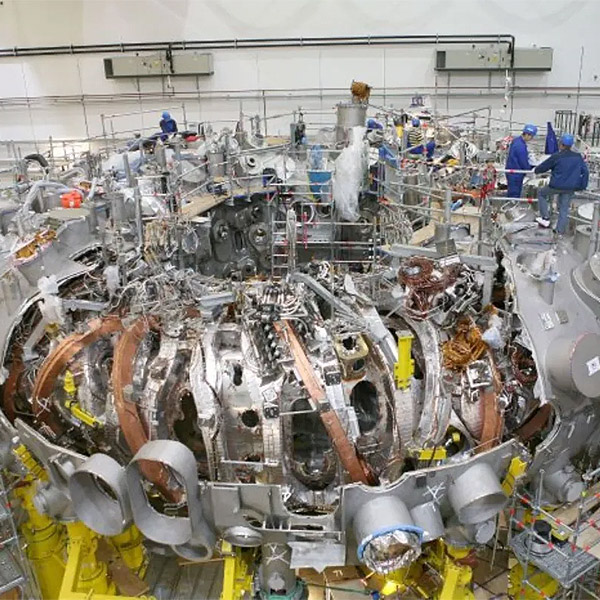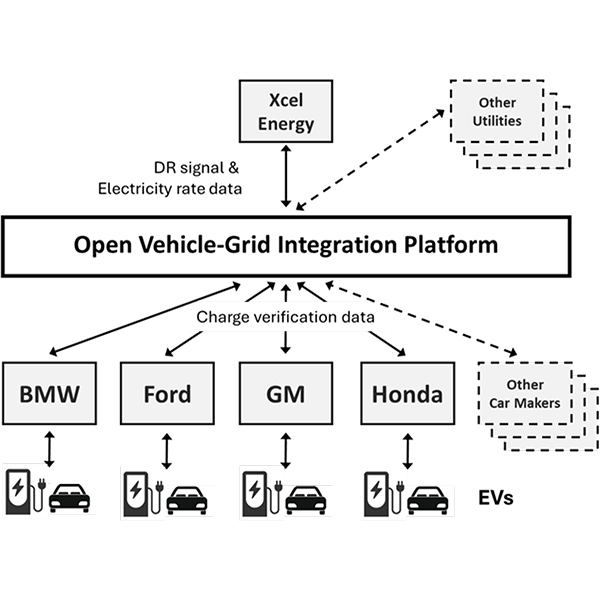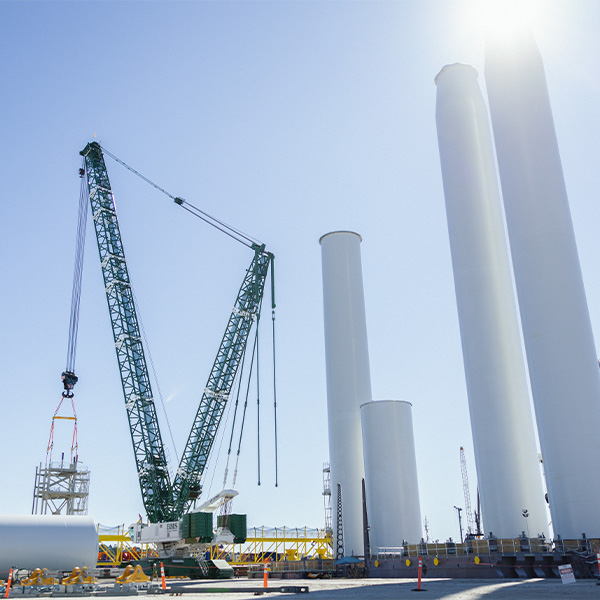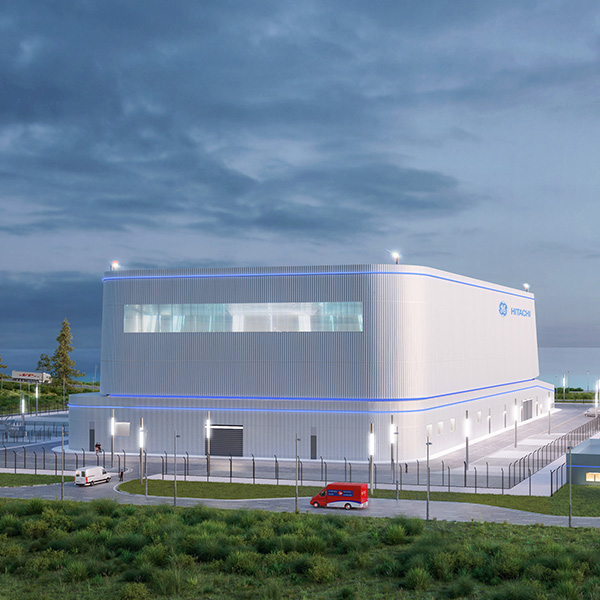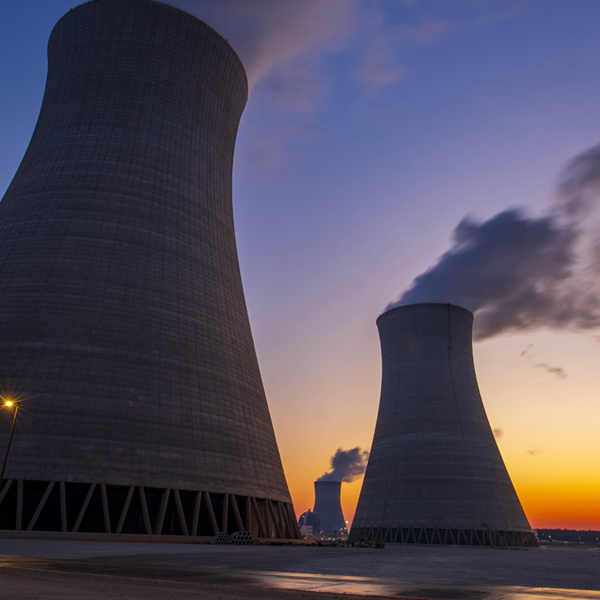U.S. Department of Energy (DOE)
The Appalachian Regional Clean Hydrogen Hub is the third of seven regional hydrogen hubs to reach agreement with the Department of Energy.
Consultant Steve Huntoon criticizes the DOE's "hydrogen hubs," arguing they have numerous problems and will not actually help fight global warming.
DOE awarded $371 million to state regulatory agencies to accelerate transmission permitting and to communities impacted by major interstate projects.
While frequently discounted as renewable energy, hydropower accounts for close to 30% of carbon-free generation in the U.S. and provides 40% of the nation's black start capacity.
California became the first state in the U.S. to officially launch a hydrogen hub, with the announcement of a funding agreement with the Department of Energy.
About 45 companies worldwide are in the race to develop commercially viable nuclear fusion technology and almost half of them expect to deliver power to the grid somewhere between 2031 and 2035.
Vehicle-to-grid integration is about more than connecting electric vehicles to the grid, say reports from DOE and the Alliance for Automotive Innovation.
U.S. Department of Energy officials say they're optimistic the costs of offshore wind energy development will begin to ease by the end of the decade.
The new federal funding is aimed at building market confidence that the U.S. nuclear industry will be able to incorporate the lessons learned at Vogtle to deliver a new round of safer, more efficient SMRs on time and on budget.
The first new reactors built in the U.S. since 2016, Vogtle’s two units have come online seven years late and $17 billion over budget, leaving subsequent projects surrounded by perceptions of risk.
Want more? Advanced Search
